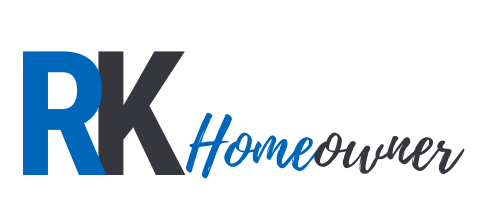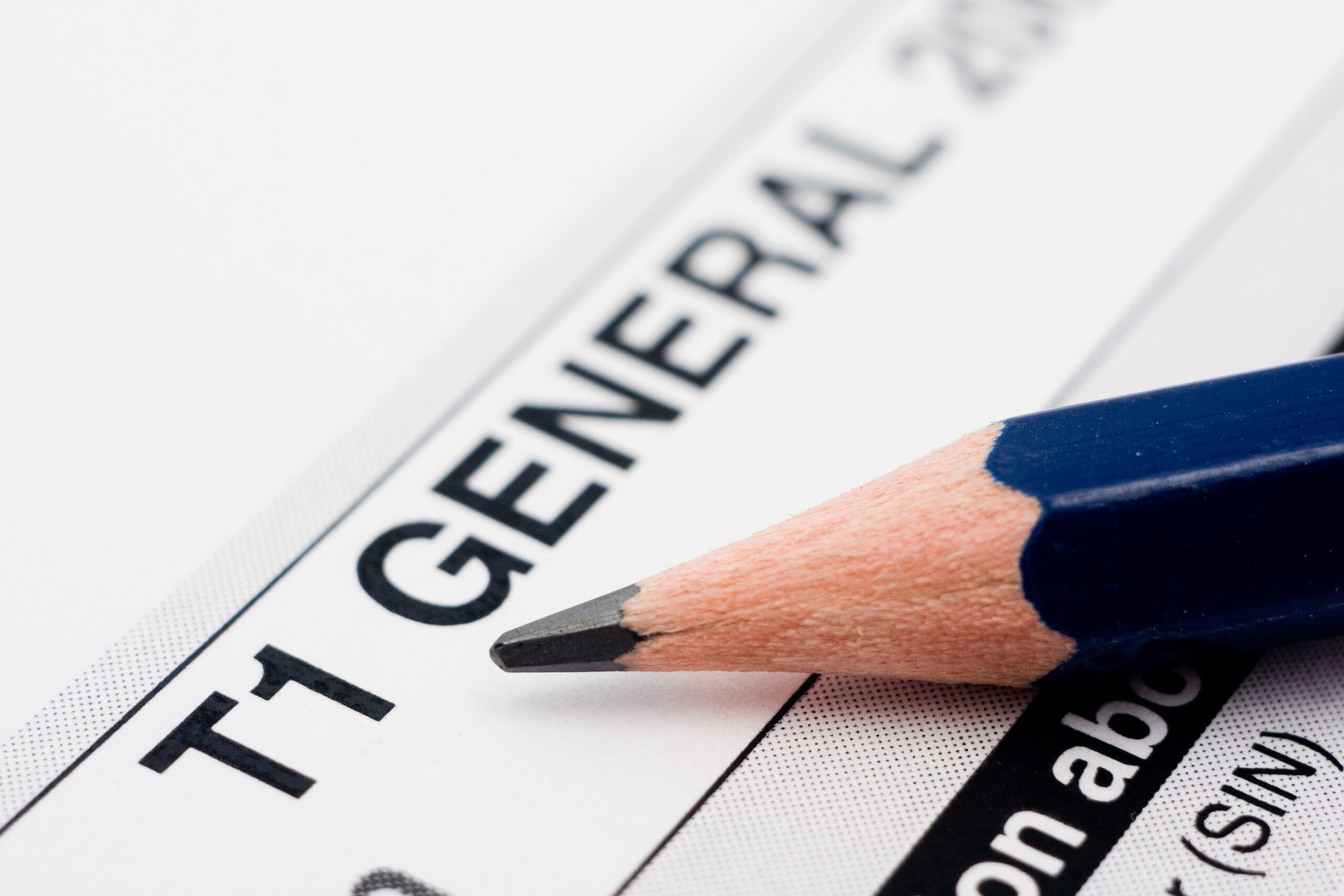Tax Tips for Homeowners + Tax Checklist
How can you use your home to help reduce the tax you pay as a Canadian resident?
As a Canadian resident, you may be able to use your home to help reduce the tax you pay in several ways. Here are some ways you can do so:
- Claim home office expenses: If you use part of your home for work purposes, you may be able to claim home office expenses. This can include a portion of your rent or mortgage interest, property taxes, utilities, and maintenance costs.
- Claim the principal residence exemption: If you sell your home, you may be able to claim the principal residence exemption, which can help reduce or eliminate the capital gains tax you would otherwise have to pay on the sale.
- Rent out a portion of your home: If you rent out a portion of your home, you may be able to claim a portion of your expenses as a deduction against the rental income you receive.
- Make energy-efficient home improvements: If you make certain energy-efficient home improvements, such as installing new windows or upgrading your heating and cooling system, you may be eligible for tax credits or rebates.
- Access the Home Buyers’ Plan: If you are a first-time homebuyer, you may be able to access the Home Buyers’ Plan, which allows you to withdraw up to $35,000
Basic Tax Checklist
As a Canadian taxpayer, there are several things you can do to maximize your deductions and minimize the tax you pay this year. Here’s a tax-time checklist to help you get started:
- Gather all your tax documents: This includes T4s, T5s, RRSP contribution receipts, medical expense receipts, charitable donation receipts, and any other tax-related documents you may have received throughout the year.
- Check your eligibility for tax credits and deductions: Make sure you are aware of all the tax credits and deductions you may be eligible for, such as the Canada Child Benefit, the Child Care Expense Deduction, and the Medical Expense Tax Credit.
- Contribute to your RRSP: While the RRSP deadline has passed for the 2022 tax year, you could get a head start for 2023 by making a contribution to your Registered Retirement Savings Plan (RRSP) before the March 1, 2024 deadline. Doing this every year can help lower your taxable income and increase your tax refund.
- Review your investments: If you have made any investments during the year, review them to determine if you have any capital gains or losses. If you have capital losses, you may be able to use them to offset capital gains and reduce your tax bill.
- Consider income splitting: If you have a spouse or common-law partner with a lower income than yours, consider income splitting. This can help reduce your overall tax bill, but it’s best to talk to a tax professional before implementing an income-splitting strategy due to recent tax changes.
- File your tax return on time: Make sure you file your tax return by the deadline to avoid penalties and interest charges. Most years, the tax filing deadline is April 30, but since this date falls on a Sunday, most Canadians must file on or before May 1, 2023.
- Use tax software or hire a professional: Consider using tax software or hiring a professional to prepare your tax return. This can help ensure that you take advantage of all available deductions and credits and minimize the tax you owe.
Use this tax-time checklist to help maximize deductions, minimize taxes owed and file your tax return on time this year.






